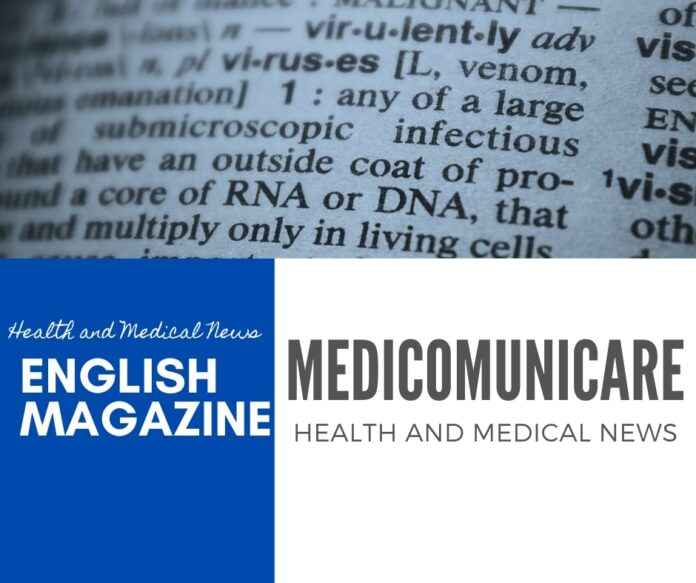As we age blood stem cells, the essential source of new blood cells in the body, can accumulate genetic mutations. These mutations can give the cells a growth advantage, laying the foundation for developing serious health conditions. Now, scientists at The Jackson Laboratory have not only discovered the mechanism that fuels their unchecked growth but have also found a way to stop it. Led by professor Jennifer Trowbridge, the study reveals that a common aging-associated mutation in the gene Dnmt3a boosts the power-generating function of mitochondria in blood stem cells. This mutation allows the cells to make copies of themselves more readily than normal and creates fertile ground for the development of clonal hematopoiesis (CHE), a condition that occurs when a subset of bone marrow stem cells (HSCs) gain a selective fitness advantage based on accrual of somatic mutation(s).
While CHE itself is not a pathological condition, a greater burden of larger clones is associated with increased risk of numerous aging-associated pathologies, including cardiovascular disease, hematologic malignancies and inflammatory bone loss. Inflammation is proposed to underly the positive associations between CHE and smoking, chronic liver disease, autoimmune conditions, increased body mass index and bone loss. While acute and chronic inflammatory states irreversibly deplete wild-type HSCs, Dnmt3a-mutant and other CHE-mutant HSCs (ex. Tet2, Asxl1) either resist the response to inflammatory factors or mount a distinct response to inflammatory factors resulting in maintenance of their self-renewal capacity. Clonal hematopoiesis develops silently with age (more than half of all 80-year-olds are estimated to be affected by the condition).
Despite this, the mutated blood stem cells can produce inflammatory molecules that disrupt blood production and weaken the immune system. Building on her previous work and that of others, Trowbridge’s team knew that Dnmt3a is frequently mutated in blood stem cells with aging as well as in blood cancers. To investigate why cells with this mutation gain a competitive advantage over normal cells, the team developed a mouse model carrying the Dnmt3a mutation. In this new study, the team discovered that in middle-aged mice, the mutated stem cells had double the energy-producing capacity of normal cells. The mutated stem cells also contained turbocharged mitochondria, which gave the cells a strong competitive growth advantage. This was really unexpected: Dnmt3a gene was not previously known to impact metabolism or mitochondria.
The researchers realized that because the stem cells with Dnmt3a mutations relied so heavily on their overactive mitochondria to support their growth, the mitochondria might be an Achilles heel for the mutated cells. In isolated stem cells and mice with Dnmt3a mutations, the team tested the effect of MitoQ and d-TPP – molecules which prevent mitochondria from producing energy (uncouplers). In a separate paper co-published, the team reports that the common antidiabetic drug metformin also diminishes the competitive advantage of stem cells carrying the Dnmt3a mutation. In mice with Dnmt3a mutations and clonal hematopoiesis, the mitochondria-targeting drugs had drastic effects. Within a few days of treatment, about half of all mutant cells died and among remaining mutant cells, their energy production dropped to normal levels.
Normal cells – which don’t rely as heavily on the same metabolic pathway – were not impacted. The mitochondrial drugs worked not only in mice with clonal hematopoiesis, but in human blood stem cells engineered to have the DNMT3A gene mutation (like R878H). Genome analysis of DNA methylation (bisulfite method), confirmed that hypomethylated DNA in these cells boosts the expression of respiratory chain components, which give cells advantage in energy production. Genes with both DNA hypomethylation and increased expression included mediators of electron transport chain supercomplexes (Ndufa6, Pink1, Ndufa11, Cox7a2l), electrons transfer complex V activity (Atp6v0a1, Atp6v1b2) and mitochondrial DNA and RNA synthesis (Slc25a33).
Apart from dTPP-based compounds, FDA-approved molecules that reduce electron transport chain function and mitochondrial respiration such as metformin, tamoxifen and the common NSAID diclofenac may also have utility in selectively targeting CHE-mutant HSPCs. The results suggest that the strategy could work in treating humans with the condition to prevent blood cancers and other age-related illnesses. However, more work is needed to understand whether these drugs would be effective at targeting other mutations observed in CHE and the effect of the drugs on cells. Therefore, beside antinflammatory properties (like dispensed by diclofenac, metformin and other known drugs), mitochondria targeting by these molecules reveals the energy production and the oxidative stress as crucial events for the aging process linked to DNA methylation.
- Edited by Dr. Gianfrancesco Cormaci, PhD, specialist in Clinical Biochemistry.
Scientific references
Young KA, Hosseini M et al. Nat Commun. 2025; 16(1):3306.
Wang H, Divaris K et al. Cell 2024 Jun; 187; 3690–3711.
Bogeska R et al. Cell Stem Cell. 2022; 29, 1273–1284.
Hormaechea AD et al. Cell Stem Cell. 2021; 28:1428–1442

